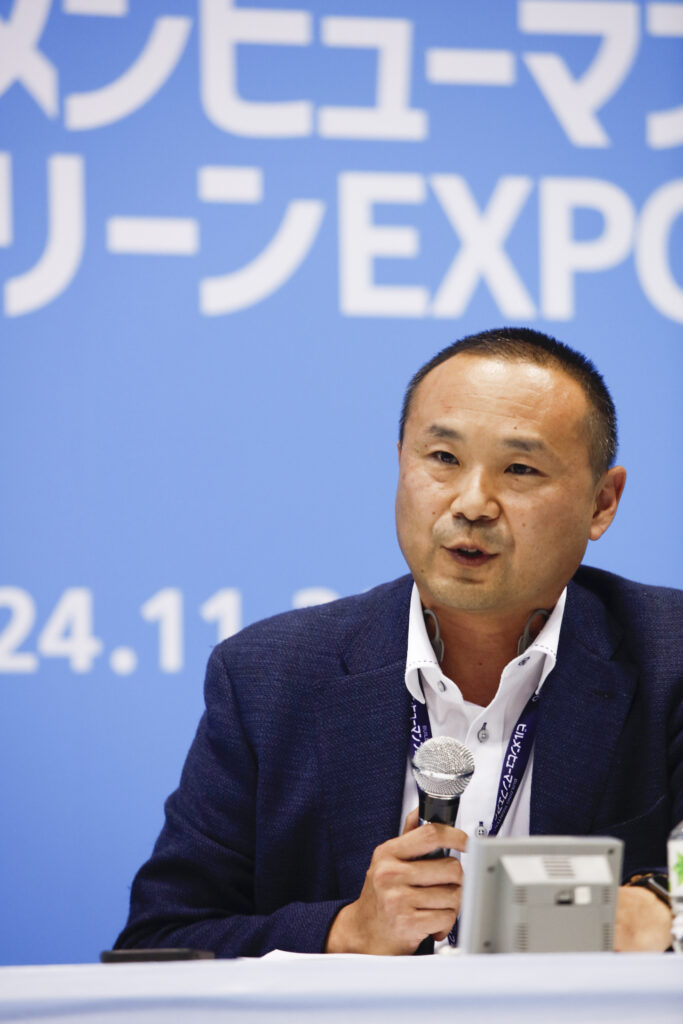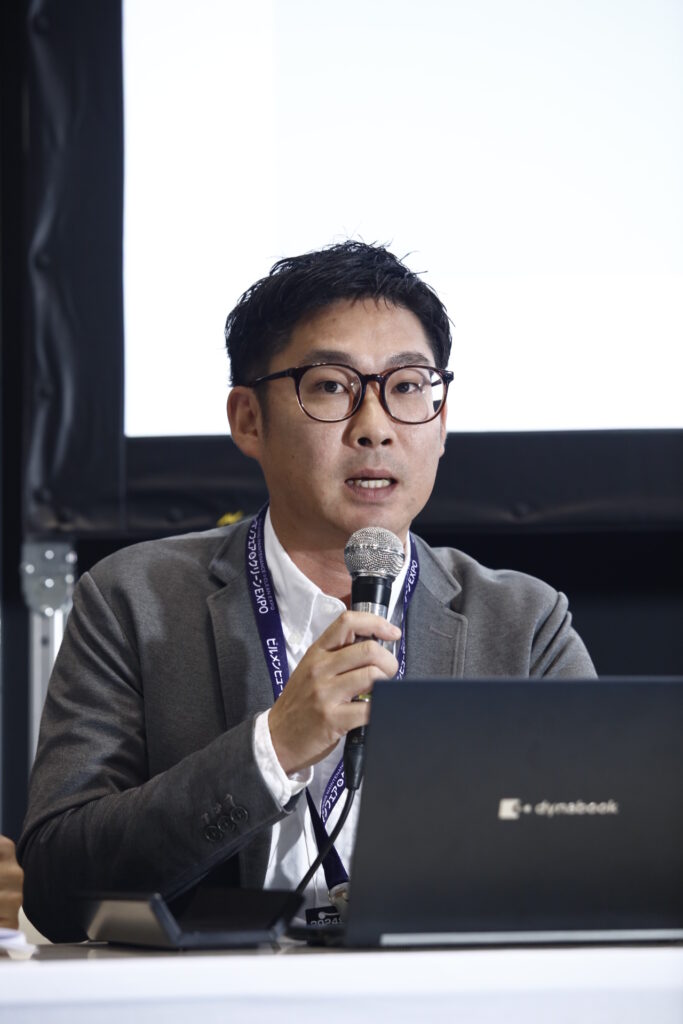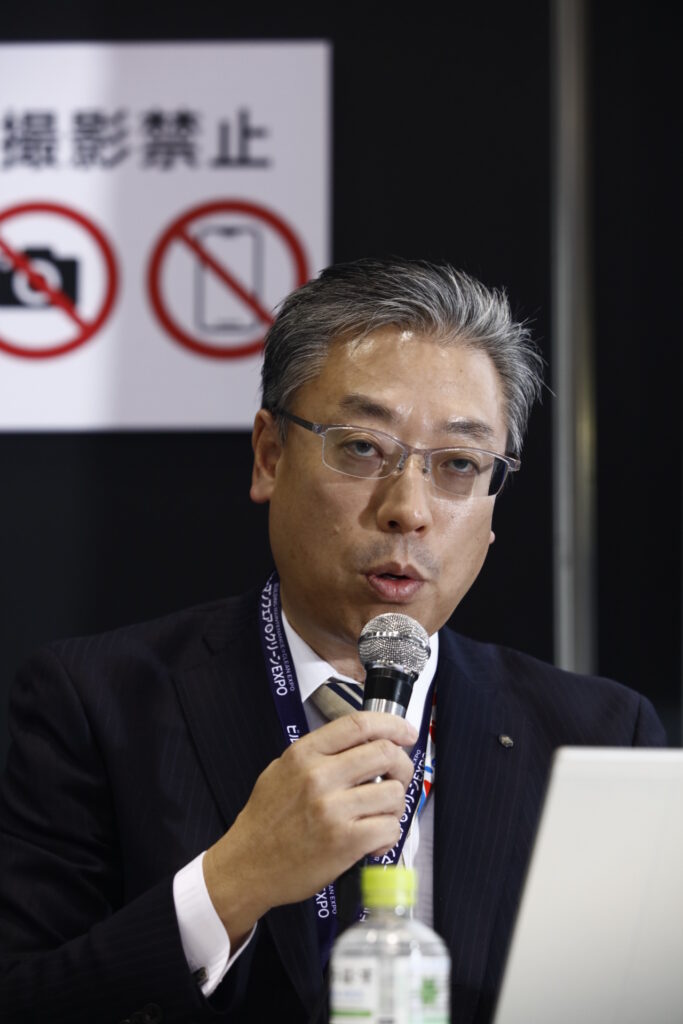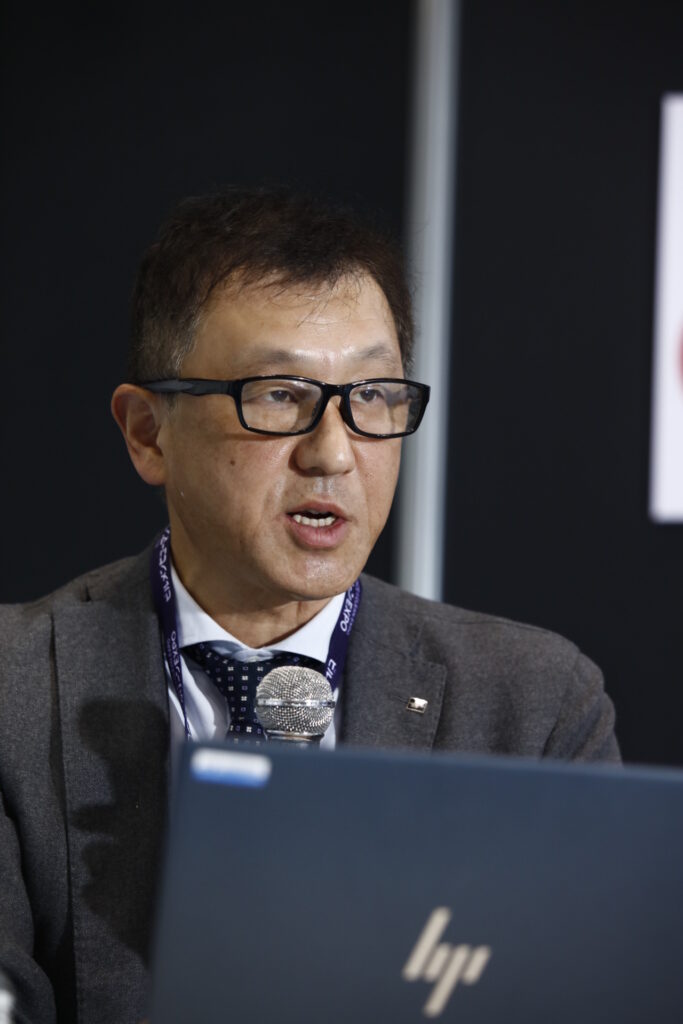On November 20, 2024, a panel discussion titled “What is Needed to Enhance Productivity in the Building Maintenance (BM) Industry – Tips for Taking Action” was held as part of the Building Maintenance Human Fair & Clean EXPO 2024. Business leaders and representatives from equipment manufacturers representing the BM industry took the stage to engage in lively discussions on industry challenges and solutions from a variety of perspectives.

What is Needed to Enhance Productivity in the Building Maintenance Industry?
Dai Moriwaki from Asuka Biso Co., Ltd., who served as the coordinator, opened the discussion by explaining the general definition of “productivity improvement” and its unique interpretation within the BM industry. He pointed out, “Productivity typically refers to the added value or output per working hour. However, in the BM industry, true productivity lies in delivering comfortable and safe spaces to customers rather than merely increasing efficiency.”
Moriwaki shared the results of a workplace survey conducted by his company, highlighting the outcomes of experimental efforts to enhance flexibility in working hours. He further emphasized the need to shift from a process-oriented mindset to one focused on outcomes (outputs), considering the current state of the industry.

Initiatives and Case Studies by Various Companies
During the panel discussion, each speaker introduced specific initiatives from their respective perspectives.
Keisuke Konno of Harima B.Stem Corporation highlighted specific measures for productivity improvement centered on promoting DX (Digital Transformation). He discussed the introduction of cleaning robots and cloud management systems as strategies to address labor shortages and reduce workplace accidents. Konno also stressed the importance of designing workflows with the well-being of workers in mind and shared examples of improved efficiency at worksites.

Keisuke Matsumoto of Taisei Co., Ltd. shared the company’s mission to provide joy and inspiration to society through the design of services across the organization. He introduced the T-Bubble System as a new service aimed at boosting productivity and reported on its success in optimizing operations to alleviate labor shortages.

Hideki Kotaki of Yamazaki Sangyo Co., Ltd. presented an example where tablets were installed at restroom entrances to gather user feedback, which then informed cleaning and replenishment schedules. He emphasized the importance of leveraging data to understand on-site trends.

Masahiro Hirata of Teramoto Co., Ltd. discussed the role of equipment manufacturers in addressing industry challenges. He explained their focus on developing products that improve operational efficiency and highlighted the importance of incorporating feedback from on-site workers into the product development process. By deeply understanding on-site challenges, Teramoto strives to provide valuable solutions.

A common theme throughout the discussion was the need to address “declining labor force populations and industry transformation driven by technological advancements.” Moriwaki noted that “creative actions to maximize limited resources and deliver customer value are essential.”
All participants agreed that leveraging technologies such as robots and DX will be key to future productivity improvements.
This panel discussion served as an important platform for presenting specific solutions to the challenges facing the BM industry and acted as a catalyst for new initiatives. The diverse perspectives of the speakers provided actionable insights for participants, marking a critical step forward for the industry as it faces imminent transformation.
